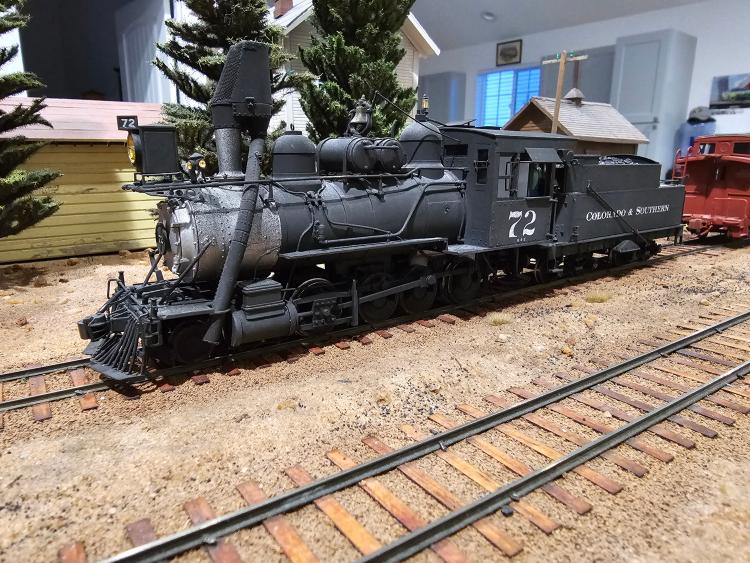Today marks the 89th anniversary of the Como Roundhouse Fire on Monday, March 25th, 1935.
Background
Late in the evening of March 25th, before Midnight, a spark from the stack of #72 ingnited a dry bird's nest under the roof of the stall it was backed into within the large wood shed that had been built against the North wall of the Como Roundhouse. Within minutes, the whole structure was engulfed in flames, partly due to a shortage of water from the tank behind the roundhouse. In addition to the #72, engine #75 was resting on the adjacent pass through track which led from the turntable to the yard behind the roundhouse. On the next track was Rotary #99200, also on a pass through track, where the Rotary was kept ready for service as needed. The entire wood shed burned to the ground, along with all combustable material in engines #72 and #75. Sadly, the entire wood body of Rotary #99200 was also lost. This is noted, along with photos, in the Klinger's book "Highline Memories". After the post-fire refurbishing, #99200 had a steel body and a sloped back tender. It was eventually scrapped after the shaft broke in later years.
Ages ago, maybe 9 years back, I posted information here about the freight operations on the narrow gauge that was gleaned from the few old survivors from those days I could find. In it, I described that Como received trains from Denver and Leadville on Mondays, Wednesdays, and Fridays. On Tuesdays, Thursdays, and Saturdays, the crews from the East and West Ends switched consists and returned to Leadville and Denver. So, in Como, Monday, Wednesday and Fridays every week were "Train Days", where as many as eight locomotives came into Como for servicing. That was the case here. Several engines had to be serviced for the next day's trains on that Monday night.
In 1986, I built the Rotary #99200 using bones from a Durango Press RGS Rotary. Both Rotarys were built by Leslie at about the same time. I used the C&S Folio sheet to alter the frame length. The housing, wheel, and trucks were all identical. The tender was also a PSC tender "kit", modified to be quite similar to that which was used on #99200. As a result of photos taken after the fire, I set out to include an interior using a C-16 boiler, a whole bunch of castings and some teeth gnashing. But it turned out pretty well. It's really heavy, since most of the Durango Press castings are white metal.
For my railroad, today is "Groundhog Day", as the Rotary and #72's box headlight are still very much alive.
Again, refer to the Klinger's "Highline Memories" for more information.
Engines #72, #75, and Rotary #99200:
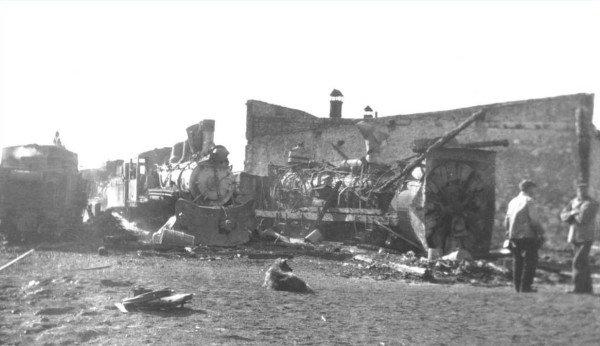
Rotary #99200 at Dickey:
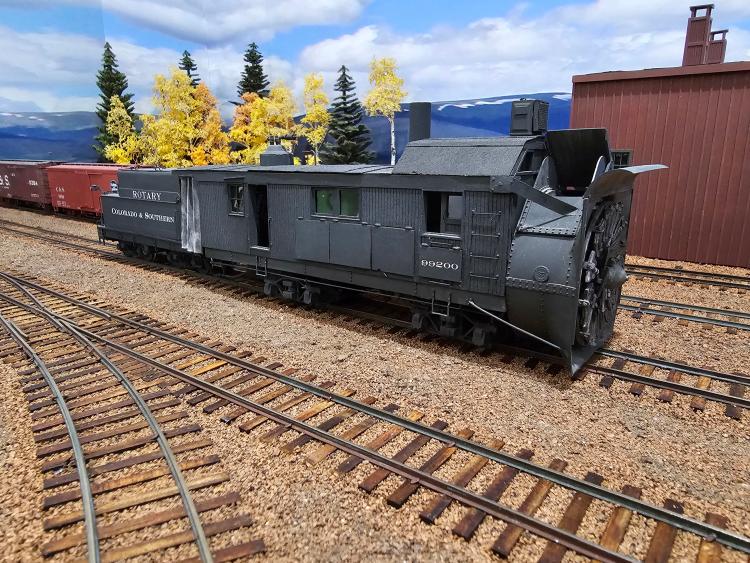
Right Side View:
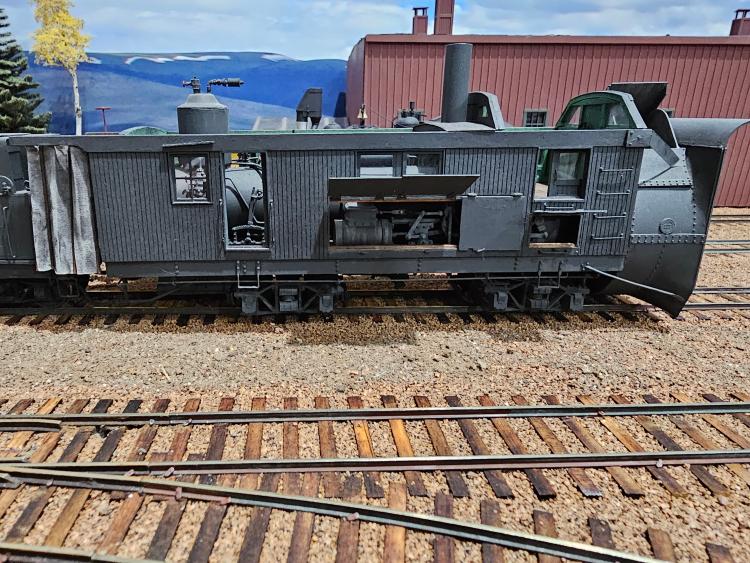
Elevated View:
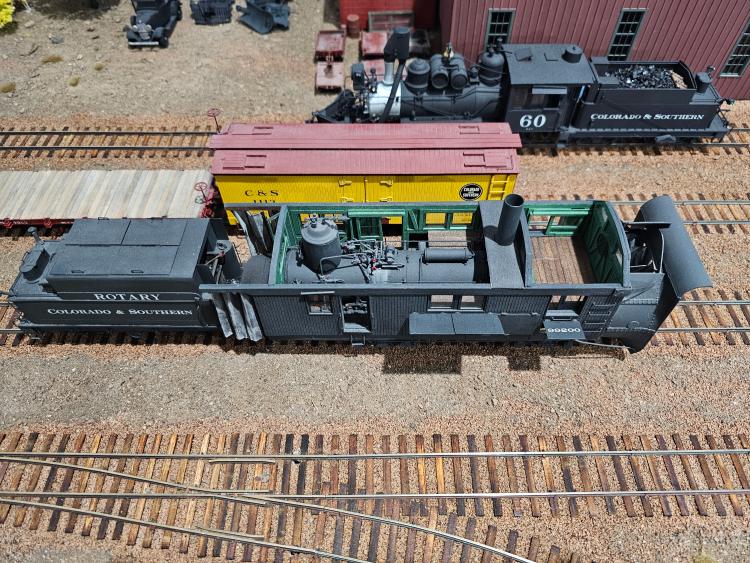
#72 Before the Fire, with it's box headlight.:
